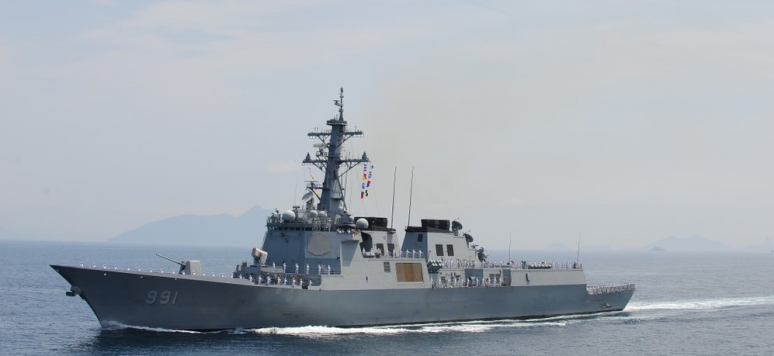Notes de l'Ifri - La paix par la force. La modernisation de la défense sud-coréenne sous la présidence Moon Jae-in Notes de l'Ifri, May 2022

South Korea's defense modernization plan, Defense Reform 2.0, represents a significant effort in terms of military capabilities since 2018. The outgoing president, Moon Jae-in, has placed particular emphasis on high-tech acquisition as well as transforming the Korean defense industrial and technological base into a major domestic and international supplier.
In addition, South Korea is proactive in its quest for strategic autonomy. In this regard, the naval and air components of its military are being diversified, notably by initiating the construction of an oceanic navy. Seoul is also seeking to develop its intelligence and detection capabilities through space-based capabilities to protect itself against any attack from the north of the peninsula.
It should be noted, however, that these developments do not come at the expense of South Korea's historic relationship with the United States. Indeed, even if it has become more discreet under the presidency of Donald Trump and doubts persist about the extent of the American nuclear umbrella, the military alliance between Washington and Seoul continues. At the same time, the Republic of Korea is trying not to get caught up in the Sino-American competition, as China remains an important trading partner.
Finally, the armed forces' reform undertaken under the Moon Jae-in presidency, intended to break with a military culture considered backward and to focus on technology in a context of demographic decline, has not been entirely successful.
This content is available in French: "La paix par la force. La modernisation de la défense sud-coréenne sous la présidence Moon Jae-in" [1].
